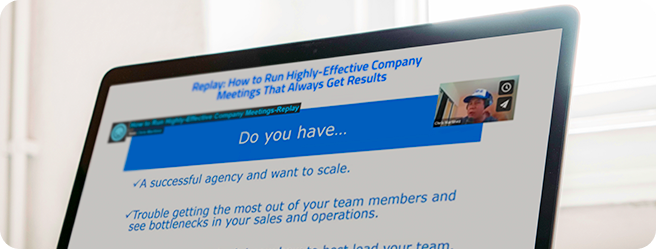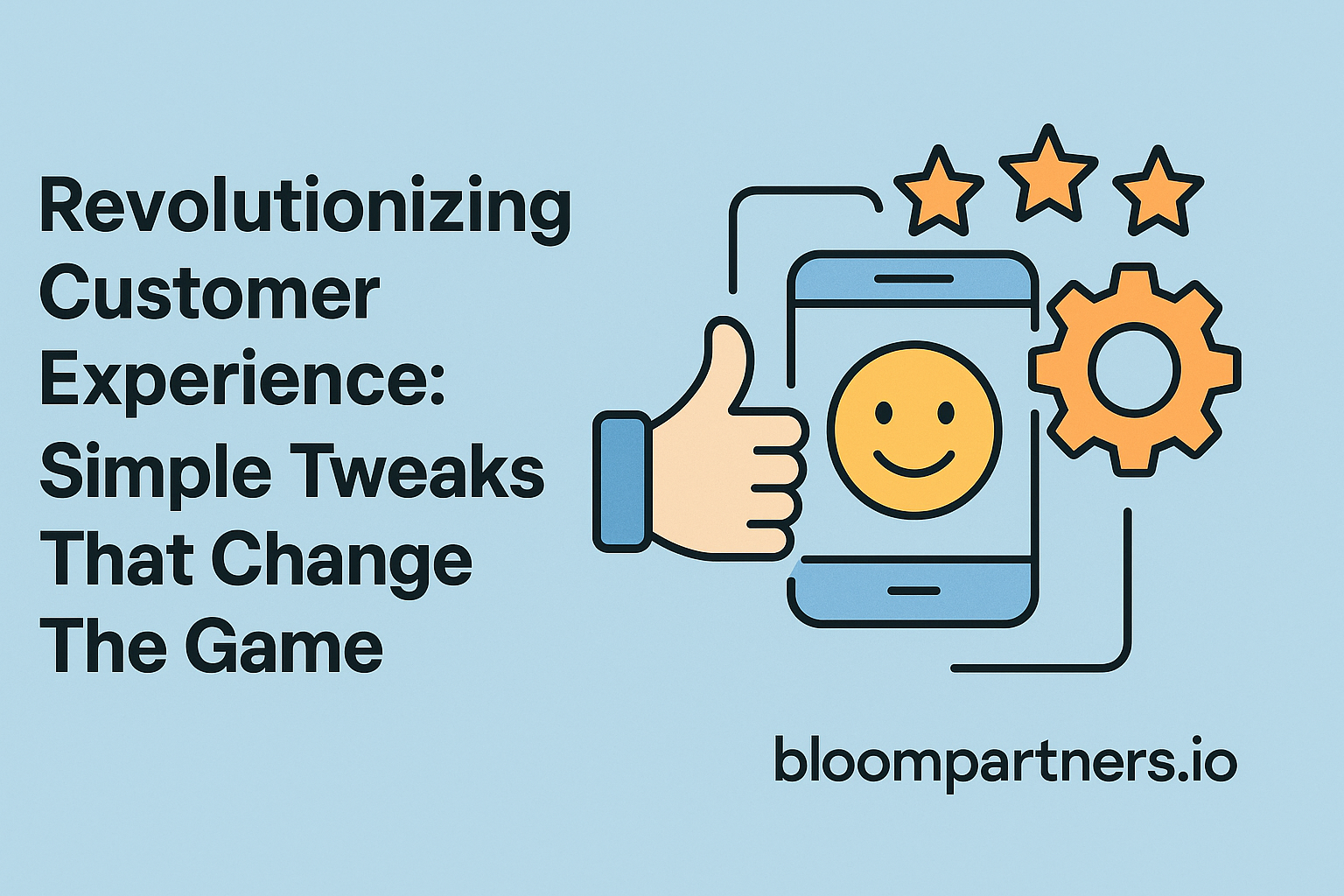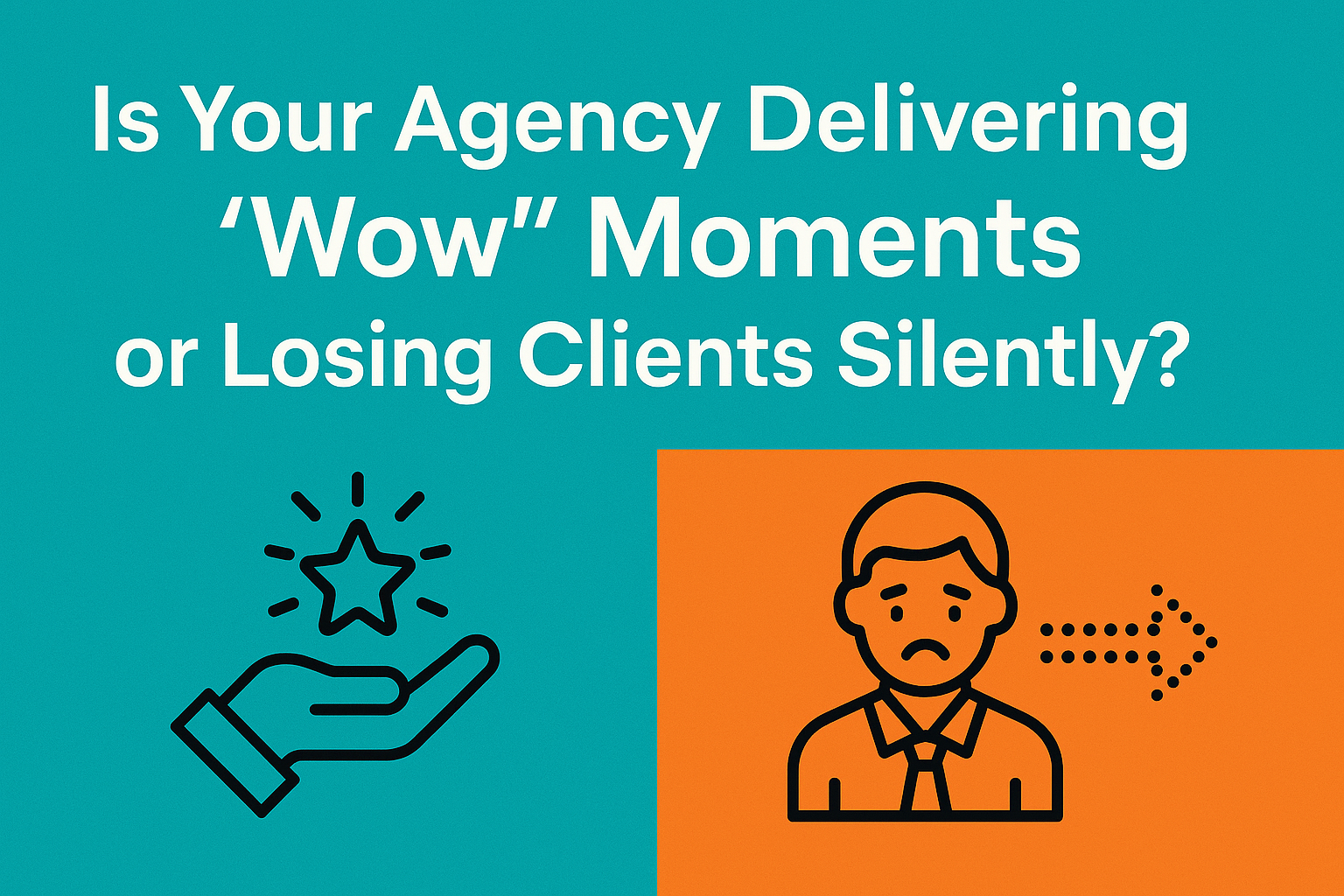Your onboarding process determines if your agency scales or stalls—so let’s get down to brass tacks and build your ultimate blueprint today.
Too many agency owners underestimate one critical truth about running a successful marketing agency. Exceptional employee onboarding isn’t just about initial training or orientation. It’s a one-time strategic investment that pays massive dividends forever by maximizing productivity, reducing turnover, and slashing wasted time from endless retraining cycles. This straightforward principle separates agencies tied up in constant employee churn from those smoothly scaling to unprecedented heights.
If you want to skip the guesswork, here’s the good news. Putting together a highly effective onboarding system that gets lasting results doesn’t need to be complicated. All it takes is a clear, proven framework you can implement immediately.
Here is the foolproof, step-by-step onboarding blueprint that guarantees exceptional agency growth, better employee retention, and non-stop productivity acceleration.
Step 1: Pre-Onboarding Preparation Sets the Foundation
Onboarding success begins way before the employee’s first day. Top-performing agencies create targeted pre-onboarding checklists outlining equipment, logins, training schedules, and key resources provided in advance. Don’t hand your new hires a laptop and call it onboarding. From day one, each employee should have clear expectations, context on how they’ll contribute to your agency, and access to relevant internal guides. An automated welcome email with video introductions from team leaders goes a long way in making them feel valued and prepared.
Common mistake to avoid here is winging it. Creating repeatable pre-onboarding processes saves you hours down the road and immediately signals your agency’s professionalism and direction.
Step 2: Design a Structured “”First-Week Experience””
After you’ve set the stage, deliver a clear, structured first-week onboarding path. Give your new team member a daily breakdown of what they will learn, what resources they’ll use, and who they’ll connect with each day. This structure achieves two essential outcomes. Firstly, it ensures your new hires learn key skills and company values without becoming overwhelmed. Secondly, it helps them quickly understand both big-picture agency goals and their own individual contributions toward those goals.
To make this step foolproof, appoint a dedicated onboarding mentor—an approachable, highly skilled team member responsible for checking in daily and resolving friction points early. This dramatically slashes new hire anxiety, improving immediate productivity and employee satisfaction.
Step 3: Implement a Consistent “”Shadow and Do”” Training Model
Replace abstract theory-driven onboarding with concrete, hands-on training immediately. Agencies scale faster when employees learn by doing. Adopt the powerful “”shadow and do”” model, which means new hires first watch their mentor execute core tasks, then dive in themselves, receiving real-time feedback and clarification. This approach shortens learning curves significantly by allowing employees to see successful outcomes firsthand.
The crucial mistake here is setting unrealistic timelines or skipping essential frequent feedback. Establish weekly progress touchpoints to review performance transparently, correct early misunderstandings, and celebrate initial wins.
Step 4: Document and Standardize Everything Once, Benefit Forever
Without clear documentation, you’ll be onboarding every hire from scratch, forever wasting valuable time and effort. Commit now to documenting every training session clearly in video or written format—in one place where employees can revisit resources independently. A central training library reduces repeated questions, enables self-service knowledge retention, and empowers team members at scale for years to come.
Step 5: Continuously Optimize Your Onboarding Using Employee Input
Finally, remember onboarding isn’t a one-and-done project. Successful agencies continuously evolve using feedback loops to boost effectiveness. Consistently collect direct feedback from your recently onboarded staff—asking questions about clarity, knowledge gaps, and frustrations. Track productivity improvement milestones, onboarding completion timings, and long-term retention percentages. These data points illuminate potential problems before they snowball into turnover.
Regularly adjusting processes based on employee feedback shows you’re invested in their ongoing success, building lasting loyalty that directly translates into tangible agency growth.
Your Immediate Next Steps: Take Action Now
To put bluntly, onboarding directly drives scalability and profitability. Great marketing agencies know onboarding reduces turnover radically and gets new hires producing results faster. Poorly onboarded employees feel lost, overwhelmed, and quickly become turnover statistics—forcing agencies to restart endless expensive hiring cycles.
Let’s skip the guesswork and get real. If your agency’s onboarding currently means giving new hires a desk, logins, and a half-hearted “”good luck,”” it’s time to overhaul your approach immediately. Use this proven high-impact onboarding blueprint now and turn onboarding from tedious chore into competitive advantage.
Stop treating onboarding as another HR checkbox. It’s a profit multiplier when done right. Start transforming your onboarding today—invest once, scale forever.


